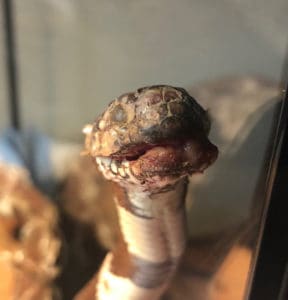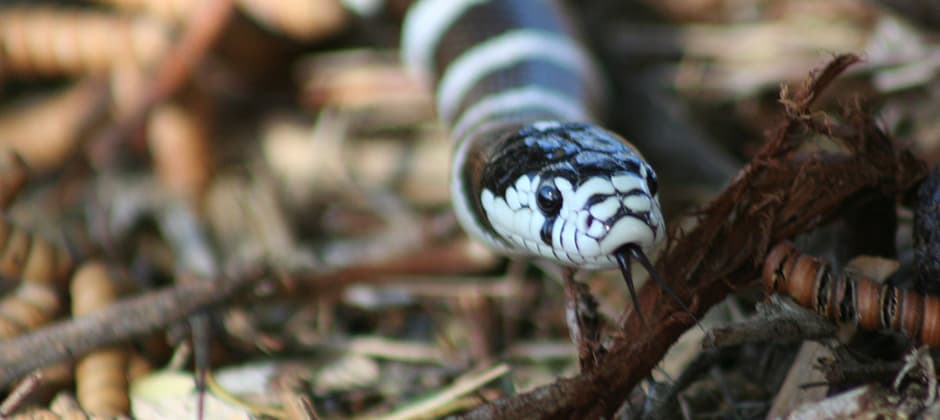Share this article
California officials confirm snake fungal disease in state
A deadly snake fungal disease has officially spread into California — the farthest west of any detection yet, according to a recent bulletin from the state Department of Fish and Wildlife.
Snake fungal disease, or Ophidiomyces ophiodiicola, comes from a fungus that occurs in the soil. The disease causes face abnormalities in a number of different serpent species as well as scabs, abnormal molting and other issues as it consumes the keratin in the reptiles’ scales. Though the symptoms can be mild, the fungus can lead to death. A closely related fungal disease has also been recently discovered affecting turtle shells.
As early as 2015, snake fungal disease was known to occur among snakes in most states east of the Mississippi River. The same year, researchers documented the first detection of the condition in Europe. The disease was detected in Idaho and southern Ontario in 2018, according to a Nov. 5 CDFW press release.

Snakes infected with the disease can develop sores and lesions as the fungus consumes keratin in their scales. ©California Department of Fish and Wildlife
But a California kingsnake (Lampropeltis californiae) from Plymouth in Amador County, Calif. was discovered emaciated and suffering from severe skin disease by someone who turned the animal into a local wildlife rehabilitation center.
CDFW’s Wildlife Investigations Laboratory euthanized the snake due to its bad condition, and sent the cadaver to the University of Illinois where a necropsy and testing confirmed Ophidiomyces ophiodiicola as the culprit.
A Florida watersnake (Nerodia fasciata pictiventris) found dead in Folsom in Sacramento County, Calif. was also found to be infected by the disease, which suggests that the original kingsnake wasn’t an isolated infection.
Wildlife managers don’t yet know how the disease will impact California snakes, but the CDFW said it will be working with wildlife rehabilitators, researchers and others to increase vigilance for signs of the disease as well as taking “appropriate precautions to minimize risk for human-caused spread among snakes.”
The agency asks the public to report sightings of snakes with abnormal behavior or skin conditions.
Header Image: A California kingsnake infected with snake fungal disease was discovered in the state. ©Cyndi Souza, USFWS








